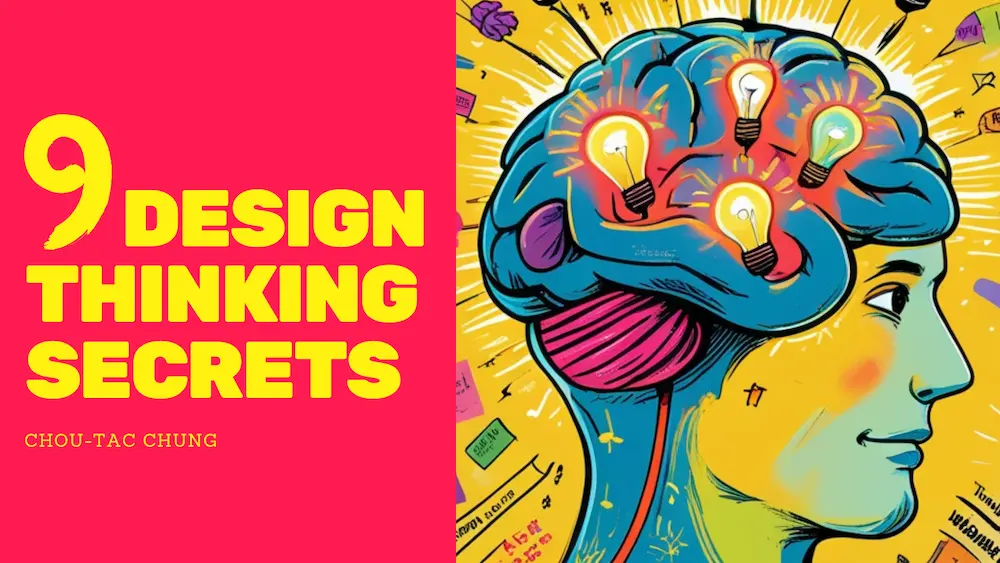
TL;DR
- Design thinking is about empathy, creativity, and a user-first mindset.
The process centers on understanding real people’s needs and emotions, not just showing off technology or making pretty sketches. The goal is to solve the right problems for the right people. - Create for specific users, not everyone.
Focusing on niche groups and their unique emotional triggers leads to more meaningful, innovative products. Ask what your users worry about, what makes them feel included, and what they aspire to. - Emotional connection is key.
Products that tap into deep human needs-like safety, belonging, or pride-resonate more than those that just flex the latest tech. Real insights come from talking to real users, not guessing their needs. - Be rebellious and question the status quo.
Great designers challenge assumptions and look for new, better ways to delight users, rather than just following tradition. - Understand users’ ethos (values and beliefs).
Knowing what matters to your users helps you design products that fit their lives and sometimes even change them. - Don’t fall into the “mad inventor” trap.
Technology should serve people, not the other way around. Start with empathy and real needs, then use tech as a tool-not as the main focus. - Make your research story-driven.
Anchor your design decisions in real user stories and experiences, not just features or specs. Storytelling guides every choice from ideation to prototype. - Use mood boards and sketch people first.
Mood boards help communicate the emotional tone of your design. Sketching users in action (not just the product) ensures your ideas fit real lives and ergonomic needs. - The takeaway:
Innovation happens when you step out of the lab and into people’s lives. Empathy, storytelling, and curiosity are your most important tools. Design from the inside out-starting with values and emotions-to create products that truly connect with people.
Bottom line: In product design, emotional connection and empathy matter more than the latest technology.
Focus on real users, their stories, and their feelings to create products people truly love.
- FLASHBACK To My First Years of Design Student Days
- 1. What is Design Thinking?
- 2. Why Niche People Matter
- 3. Why Emotional Triggers Matter
- 4. Designers are Rebels who Question the Ordinary
- 5. Identify the User's Ethos
- 6. Beware the “Mad Inventor” Trap
- 7. Why Your Research Must Be Story-Driven
- 8. Expressing Ethos and Emotion: The Power of Mood Boards
- 9. Drawing People First: Ergonomics in Action
- How You Can Start with Design Thinking and User Ethos
- The Takeaway
- Final Words for Students: You’ve Got This!
Hey Design Students! It’s Chou-Tac.
Have you ever wondered: “Am I creative enough?” You’re not alone!
Every designer, from student to pro, has felt stuck, lost facing a blank page, or unsure if their ideas really matter. The good news? Design thinking is all about curiosity, learning, and playful exploration – not perfection.
FLASHBACK To My First Years of Design Student Days
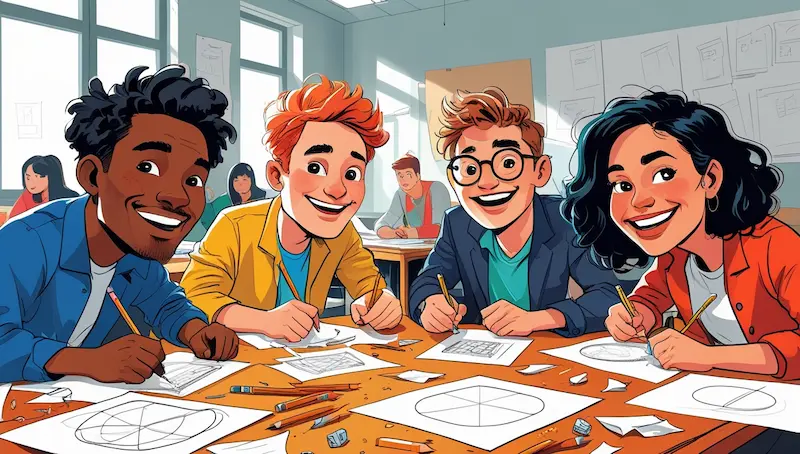
I was sitting with my classmates on our table of four, all of us staring at our sketchbooks, feeling totally stuck.
We’d brainstorm wild ideas, sometimes even coming up with a product design sketch that looked really cool! We’d pick the latest trendy technology and-Shazam! Zap it onto our product! But then came the dreaded question from our teacher:
TEACHER: “Mmmh… How is that relevant to your user?”
Ouch! That question always stopped us in our tracks. The truth?
We often didn’t know.
We were designing in the dark, hoping our 1st idea would land somewhere good.
Sometimes we’d say, “It’s for everyone to use!” but that just meant it was for no one in particular. In other words, something that wouldn’t be memorable and couldn’t help truly a specific need.
Solving specific problems for specific people is the mission of a Product Designer.
We don’t put everyone in the same basket. We embrace people’s difference and needs.
REMEMBER: Here’s the golden rule that changed everything for me (and can for you, too):
>> The users can be your sister, your dad, your friends. People are not only customers, data sales on a spread sheet. You’re creating for REAL PEOPLE. Starting from that human standpoint, you will create products they will love, and ultimately, create a better world.
In my Design School at CREAPOLE-ESDI in Paris, we called them ‘TRIBES’.
1. What is Design Thinking?
SECRET 1: LOVE PEOPLE AND DEVELOP EMAPTHY
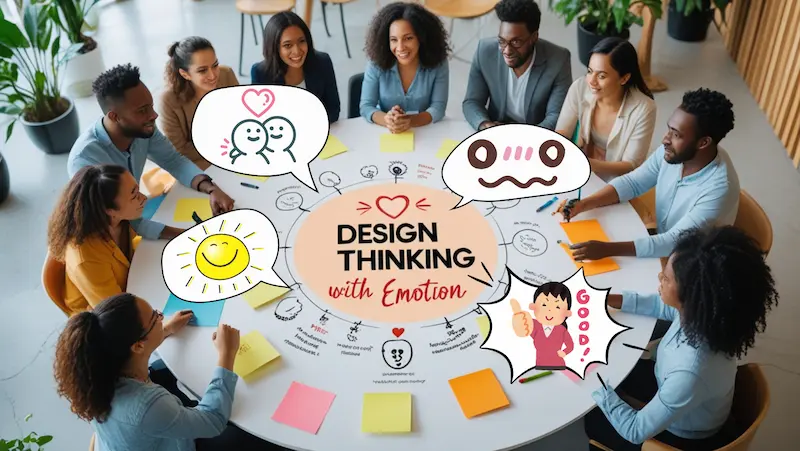
At the beginning of design school,
it can be tempting to draw beautiful sketch more than a product that make sense.
Any creative project starts with ugly doodles, drafts, rough sketches made in seconds.
You want to purposely draw bad!
You will save time, and be able to produce quantity of ideas fast!
We call that the Iteration mindset.
Don’t focus on making a beautiful sketch yet focus on the user.
So, if you love people, you’ll become an amazing Designer. and I am sure you will love ‘Design Thinking’.
“Design Thinking is a creative, user-centered approach to solving problems and dreaming up new ideas.“
It’s not just for designers – it’s a mindset and a process that anyone can use to understand people’s real needs, imagine better solutions, and test ideas quickly.
At its heart, design thinking is about empathy: stepping into the shoes of real users, seeing the world from their perspective, and letting their stories guide your creativity.
It’s about asking,
“What do people truly need? What do they feel? How can we make their experience better and more fun?”
Design thinking usually follows these 5 steps:
- Empathize: Dive into your users’ world-feel their emotions, frustrations, and dreams.
- Define: Get crystal clear on the real problem you want to solve.
- Ideate: Let your imagination run wild! Brainstorm lots of creative solutions, no limits. Now is time to tap in old tech, new tech, upcoming tech to join your ideas!
- Prototype: Build quick, simple models or sketches of your ideas-think of it as making toys for grown-ups!
- Test: Try out your prototypes with real users, learn from their feedback, and keep improving (and playing!).
It’s an iterative process–meaning you can loop back, rethink, and refine your ideas as you go.
Mistakes? They’re just part of the fun!
Remember, I teach you how to draw without eraser, to encourage you to embrace your mistakes, so you won’t fear them anymore. It is the same for idea generation. Keep them coming!
In short:
Design thinking is about solving the right problems for the right people, using empathy, creativity, and experimentation-not just jumping to the first solution or the flashiest technology. Tech is not the hero in product design, the emotional link with user is.
2. Why Niche People Matter
SECRET 2: CREATE FOR NICHE PEOPLE, SPECIFIC NEEDS

Design thinking teaches us that the world is full of niche users, each with their own quirks, hopes, and dreams.
- A left-handed chef needs kitchen tools that feel just right-not awkward.
- A city cyclist wants safety, visibility, and quick storage-totally different from a mountain biker who craves durability and shock absorption.
- A parent of a newborn is desperate for anything that makes life quieter, easier, and safer, while a teenager wants self-expression and social connection.
Each group has its own daily frustrations and emotional triggers.
When you design for a real person or community, you can tap into those feelings and create something that truly matters to them.
That’s where the magic-and the fun-happens!
The Driller Example
Most drillers look and work the same-powerful, bulky, and designed for men. But what if DIYers want something friendlier? Design thinking asks: who’s being ignored, and what do they really need?
Maybe it’s not a better driller, but a totally new tool for DIY purpose -like a lightweight, quiet, precise laser that hangs on the wall “like a cute octopus.” Sure, it brings new challenges (like safety), but that’s where innovation begins.
Student Tip:
Ask wild “what if?” questions.
Break away from “how it’s always been done”, that’s how creative solutions happen!
NOTE: At the end of this article, I introduce you to the Driller example more in details to illustrate this secret.
3. Why Emotional Triggers Matter
SECRET 3: DESIGN WITH EMOTION

Emotional triggers are powerful because they connect to deep human needs-like safety, belonging, validation, or achievement. They vary by group, age, and context, so understanding your audience’s unique emotional landscape is key to designing products, services, and messages that truly resonate.
Student Tip:
When designing for a specific group, ask yourself:
- What do they worry about?
- What makes them feel proud, safe, or included?
- What do they aspire to?
The answers will help you identify the emotional triggers that matter most to them!
The Blind Example:
Let me share a real story from my own school days:
A classmate once designed a project for blind people but never actually spoke to anyone who was blind. His ideas ended up missing the mark. The teacher advised: “Go meet real users and learn from their experiences.” He didn’t-and his solution was predictable and unhelpful.
Lesson:
Imagination is great, but guessing isn’t enough. As designers, we need humility and curiosity.
Real insights come from talking to real people.
Student Tip:
Don’t be afraid to reach out to real users.
Genuine conversations lead to better, more meaningful designs-and people are often happy to help!
4. Designers are Rebels who Question the Ordinary
SECRET 4: BE REBELIOUS

A great designer doesn’t just accept things as they are.
Instead, they zoom out-like a bird soaring above the city-and ask,
“Does it have to be this way? Could it be different? Like very different?”
But here’s the real secret: designers must be rebellious!
“The people who believe they are crazy enough that they can change the world, are the ones who do.” – Steve Jobs
Good design isn’t about following the rules just because “that’s how it’s always been done.”
(That sentence makes me feel itchy like an allergy.)
It’s about challenging the status quo, daring to break conventions, and pushing the boundaries of what’s possible. This kind of rebellion isn’t reckless-it’s responsible and thoughtful.
It means asking “why?” again and again, and not being afraid to let the silence hang while you imagine a new answer.
Without this spirit of rebellion, there would be no Apple iMac, no Bauhaus, no Nintendo Wii, and no GoPro. All breakthrough innovations start with someone who’s not satisfied with old solutions and who dreams of making things better.
As a designer, your role is to spot outdated habits, challenge them, and imagine new ways to delight, help, or even surprise your users.
Question everything.
That’s how you’ll create real change and meaningful innovation!
So next time you’re facing a design challenge, remember:
Be respectfully rebellious.
5. Identify the User’s Ethos
SECRET 5: IDENTIFY PEOPLE’S ETHOS

Ethos is just a fancy word for the values, beliefs, and emotional drivers that shape how people see the world.
When you start your design thinking process by exploring users’ ethos, you learn:
- What’s important to them (like sustainability, privacy, or creativity)
- How they want to feel (safe, proud, connected, inspired)
- What they believe in (community, independence, adventure, and more)
When you know these things, you can create designs that truly fit your users-and sometimes even change their lives!
6. Beware the “Mad Inventor” Trap
SECRET 6: EMOTION COMES FIRST, TECH COMES AFTER
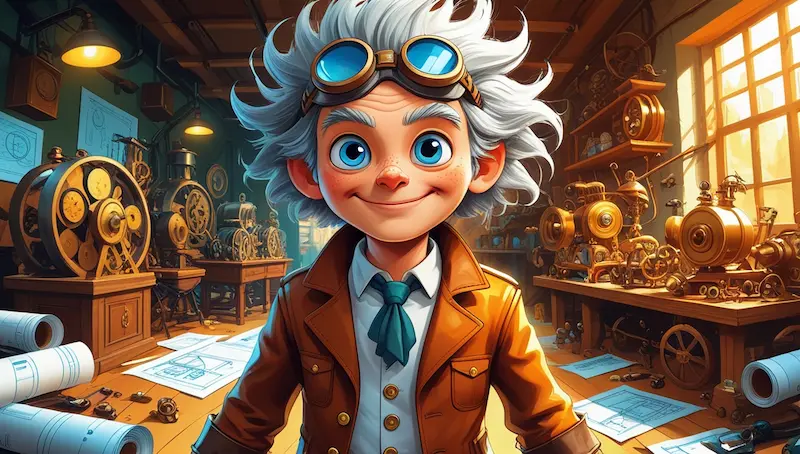
There’s this classic image of the designer as a mad inventor in a lab, surrounded by wild prototypes and futuristic gadgets. Sure, it’s fun to imagine, but it can trip us up. When we focus only on what technology can do, we risk forgetting what people actually need or feel.
The result?
Products that might be impressive, but don’t mean anything to real users-or worse, products that nobody wants. Design thinking and user experience (UX) keep us grounded in real human needs, not just technical possibilities.
Student Tip:
Don’t try to impress by choosing the flashiest technology. If it doesn’t serve your user, it’s just a “flex”-you’re showing off, not designing with purpose.
Always ask yourself: “Does this technology truly help my user, or am I just showing off?”
Remember, you don’t work for the sake of tech and innovation. You create for people.
That’s why empathy is your best friend in design thinking. Being a great designer means wearing the hat of a sociologist first-observing, listening, and understanding people’s lives, cultures, and feelings.
Only after that do you put on the hat of the sketcher or creator.
7. Why Your Research Must Be Story-Driven
SECRET 7: YOU ARE A STORY-TELLER

Tip: If your research isn’t story-driven, you have no anchor to decide if your product is good or not.
This is a core lesson from design thinking and product development: the answer always resides in the user’s story-not in the specs or the features.
If you can’t connect your design decisions to a real user’s journey, emotions, and needs, you’re just guessing.
Storytelling in design thinking isn’t just about words-it’s about creating a narrative that guides every choice, from the first ideation session to the final prototype.
When your research is story-driven, you always know what matters:
- Does this product fit into the user’s life?
- Does it solve their real problem?
- Does it make them feel the way they want to feel?
Without this anchor, you risk drifting into the “mad inventor” trap, chasing the most powerful or impressive product instead of the most meaningful one.
7.1 Real-World Example: Nintendo Wii
Look at Nintendo’s Wii.
While everyone else (Playstation, XBOX) was racing to make the most powerful gaming machine for gamers, Nintendo used design thinking to ask, “How do we make playing games more fun and emotional for friends, brothers, sisters, mom, dad, even grand ma?”
Instead of focusing on graphics or processing power to bring hyper realistic games, they created a playful motion-gesture system that got people moving, laughing, and connecting with their fun avatars.
The Wii wasn’t the most powerful console, but it was the most engaging-and it beat the competition by making players the heroes of the story.
7.2 Real-World Example: GoPro
GoPro did something similar.
While other camera companies spent millions making their cameras more powerful (and more fragile and expensive), GoPro made theirs cheaper, more robust, and perfect for sports and adventure.
GoPro put the user’s story at the center:
Their user-generated content strategy encouraged people to share their wildest moments, from surfing to skydiving, making GoPro not just a camera, but a platform for storytelling and community. It’s not about megapixels-it’s about capturing and sharing your adventure. Their success story all started from a passionate of surf and a DIY prototype.
TIP: When you create something new, try going in the opposite direction of what already exists-like a salmon swimming upstream!
8. Expressing Ethos and Emotion: The Power of Mood Boards
SECRET 8: COMMUNICATE WITH MOOD BOARDS
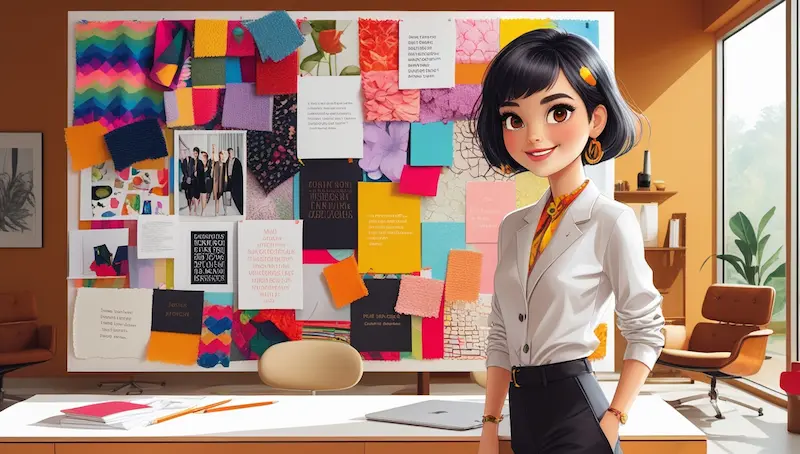
How do you capture and communicate all those feelings and values?
Mood boards are your go-to tool in design thinking!
A mood board is like a visual playground-a collage of images, colors, textures, and words to express the mood and emotional tone you want your product to create. It’s a way to “summon a feeling” and make sure everyone on your team is aiming for the same emotional impact.
Mood boards help you:
- Visualize the emotional world of your users
- Clarify your creative direction before you dive into details
- Communicate your vision to teammates and stakeholders, even if they’re not designers
Student Tip:
Try making a mood board with magazine cutouts, digital images, or even your own doodles. Don’t overthink it-just capture the vibe you want your user to feel!
9. Drawing People First: Ergonomics in Action
SECRET 9: DRAW PEOPLE IN ACTION FIRST!
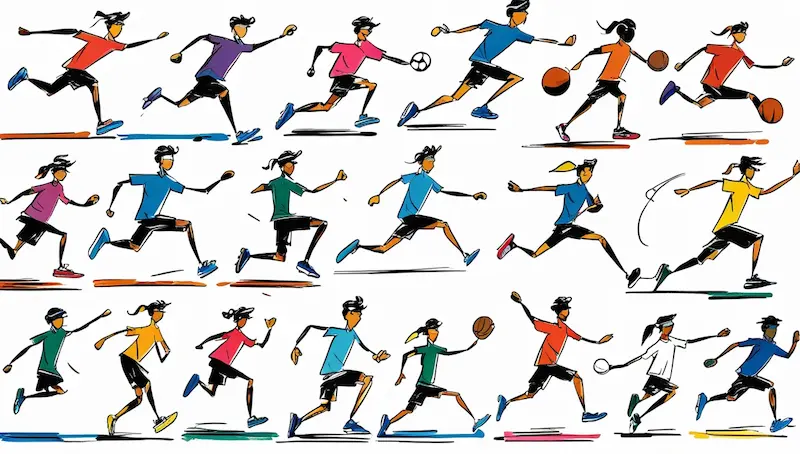
When it’s time to start sketching,
here’s another common pitfall: jumping straight into drawing the product itself.
But if you want your design to truly fit people’s lives, start by drawing the people first!
Think about:
- Where, how, and when are they using your product?
- What’s their body position, hand posture, or movement?
- What physical needs or limitations might they have?
Student Tip:
Make it visual and fun!
Try drawing a mini comic strip or storyboard showing your user’s journey.
Don’t worry about fancy art skills-stick figures work perfectly!
You can even act out the scenario with friends, snap some photos, and then trace or redraw the outlines to create your own comic-style storyboard.
Train drawing people in action when you are at school, in a cafe, sitting at the bus stop…
This approach helps you:
- Visualize real-life interactions
- Spot ergonomic challenges
- Spark new ideas for features or improvements
By sketching the user in context, you’ll better understand the ergonomic needs and natural movements that should shape your design. This approach ensures your product is not only cool, but comfortable, safe, and delightful to use. It’s all about designing for real humans-and having fun doing it!
You do not only design a product, but an experience.
How You Can Start with Design Thinking and User Ethos

- Talk to Real People
Ask about what matters to them, what makes them happy, what frustrates them, and what they wish for. This is the foundation of user research using empathy. - Look for Patterns
Are there values or feelings that come up again and again?
Maybe your users all care about feeling safe, or they want to express themselves. - Imagine Their World
How do they want to feel when they use your product? Confident? Inspired? Relaxed?
You do not only design a product, but an experience. - Express with Mood Boards
Gather visuals, colors, and words that capture the emotional tone you want your product to have. Use your mood board to guide every design decision during ideation and prototyping. - Draw the People First
Sketch your users in action before you draw the product. Try a mini comic strip or storyboard-stick figures are totally fine! Or, play the actor: grab a camera, act out the scene, and trace the outlines to create your own storyboard. This is a great way to improve your UX and problem solving skills-and it’s genuinely fun! - Let Values Guide Your Ideas
Once you know what’s important, brainstorm ways to support those values. Only then should you look for the right technology to help you make it real. This is the heart of innovation and successful product development.
The Takeaway

If your research isn’t story-driven, you’ll never know if your product is truly good-because the answer lives in the user’s experience, not in a spec sheet.
It’s easy to fall into the “mad inventor” mindset, dreaming up wild tech in a lab. But real innovation happens when you step out of the lab and into people’s lives.
Remember, as designers, we’re often anonymous creators, working to make life better for others.
That’s why:
- empathy,
- storytelling,
- and a sociologist’s curiosity are your most important tools.
When you use design thinking and design from the inside out (starting with values and emotions), you create products that really connect with people. You’re not just solving a problem-you’re making something that fits into their lives and identities.
That’s what turns a good product into a great one.
Final Words for Students: You’ve Got This!

Design thinking is playful, powerful, and for everyone.
Don’t wait to be “an expert”-start with curiosity, empathy, and a willingness to try.
Use your common sense and learn to develop your empathy day-by-day.
Mistakes and wild ideas are part of the journey.
The world needs your creativity and your unique point of view.
Cheers,
Chou-Tac
BONUS: The Driller Example (more details)
Think about a typical driller: they all look and work pretty much the same-army green or yellow, built for power and speed. Most are designed with men in mind, but what about people who find them bulky or intimidating? For example, women who want to do DIY at home might want something friendlier and easier to use.
Instead of just making a more powerful driller (which competitors will quickly match), design thinking asks: Who are we ignoring, and what do they really need?
Maybe the answer isn’t a better driller at all, but a totally new solution-like an easy-to-use laser tool that hangs on the wall “like a cute octopus” for making holes.
- It would be approachable,
- lightweight (no more mechanical rotors, but electronic laser)
- quiet (no more drilling noise)
- precise (the margin of error is below 0,1 mm. No more slanted photo frame on the wall)
- autonomous (you wouldn’t need to hold and stabilize it while it makes hole)
- clean (absorb the dust and smoke)
- remote control (activate the laser remotely),
- safe (a sensor would stop turn it off when the hole is made)
What is fun, is to identify the new problems this proposal may bring in (fire hazard?) and instead of claiming too early “It is impossible!!” Your designer duty is to figure out how to solve them.
It might sound wild, but that’s how innovation starts.
When you question the obvious and look at the real goal (making a hole, not owning a driller), you open up creative, user-focused possibilities.
Student Tip:
Don’t be afraid to ask wild “what if?” questions.
Sometimes, the most remarkable ideas begin as a rebellion against “the way things have always been done.”
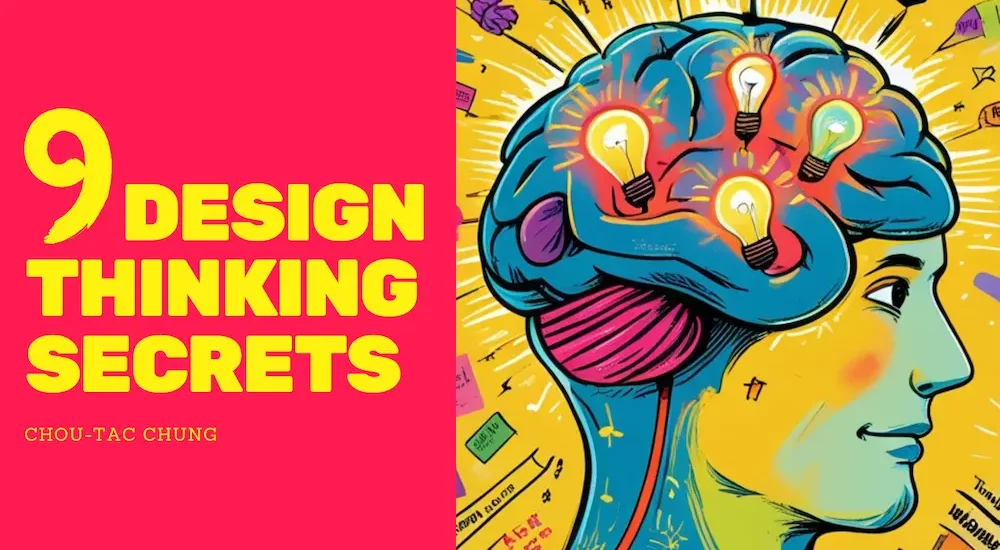
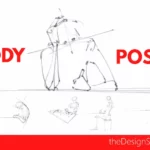

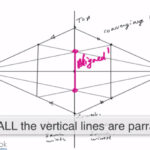
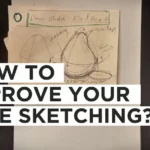
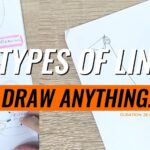
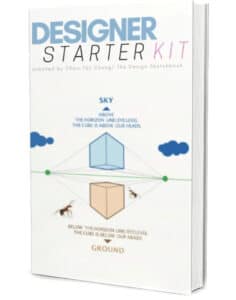

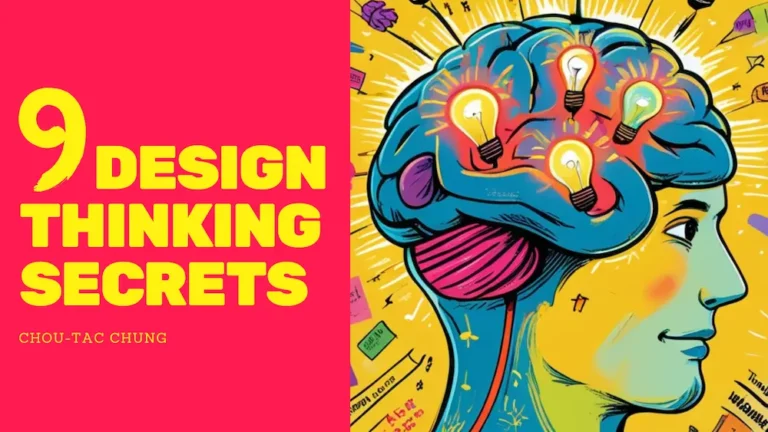



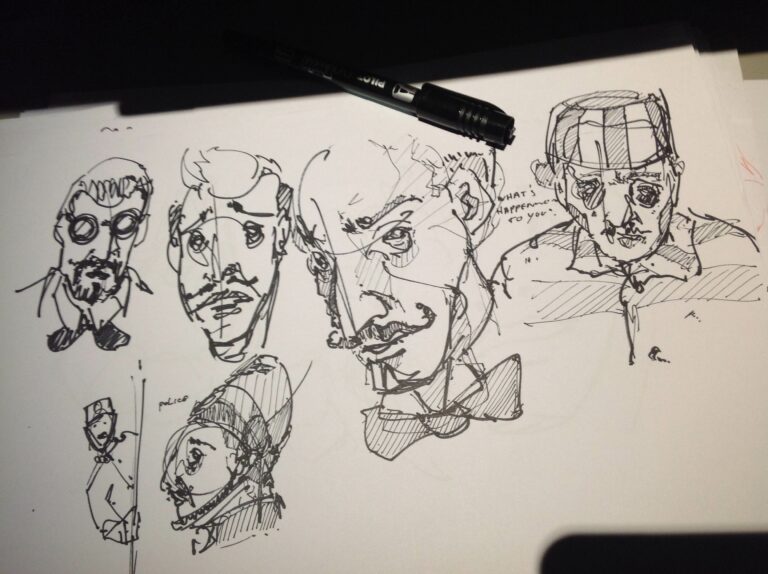
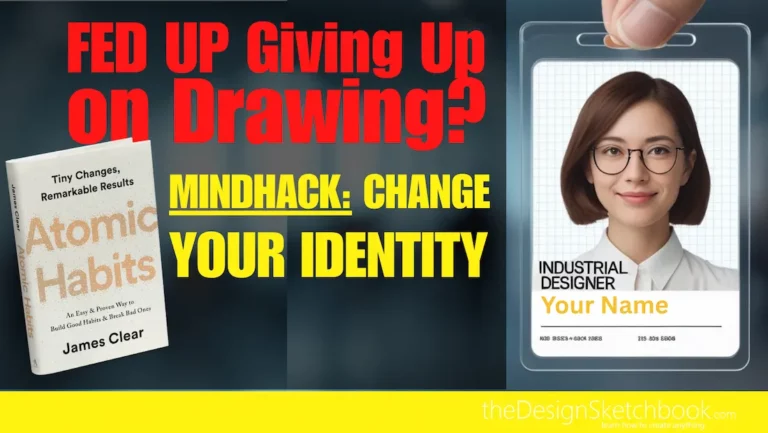

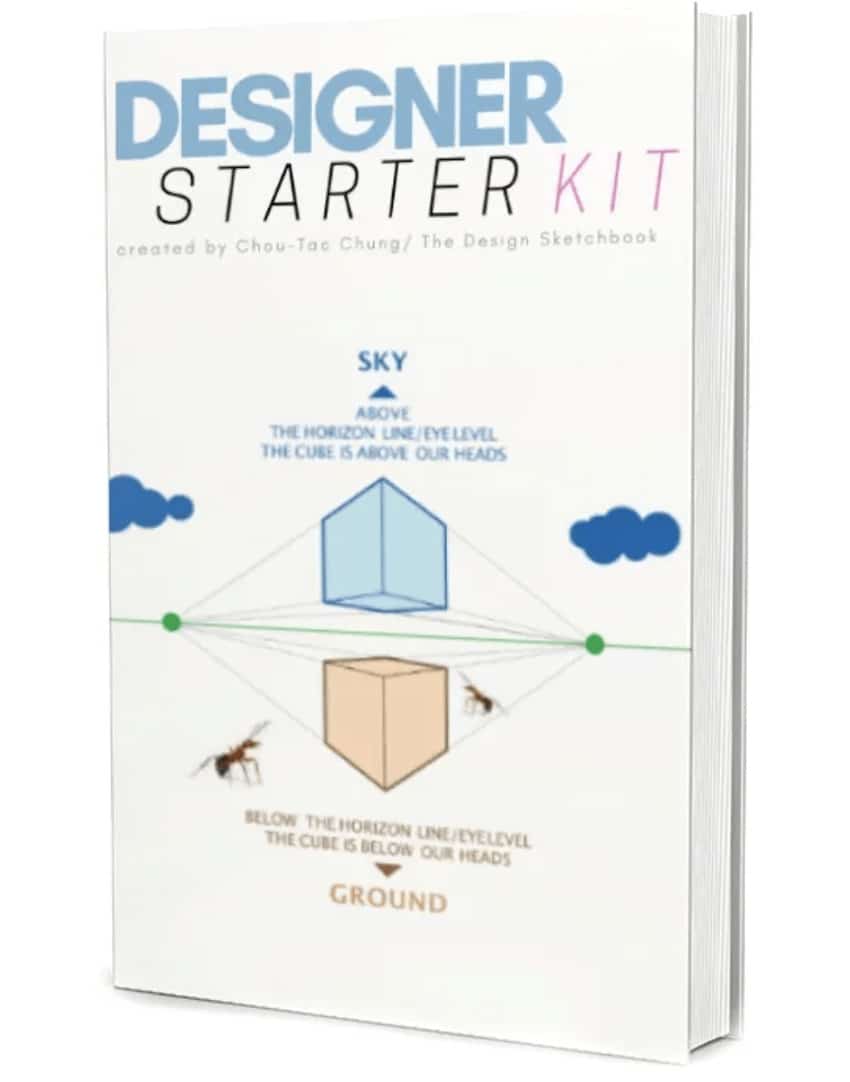


[…] To create attractive products, create stories. Remember, a Product Designer is not only someone who can draw well. He is a visual story-teller. […]
[…] She is an Interior Designer from Malaysia, Kuala Lumpur. I discovered her amazing sketches ful of Emotion by browsing randomly on […]
[…] ABOUT Next 9 Design Thinking Unlocked: Why Emotion Wins in Product Design […]
[…] to the world of ballpoint pen artistry, where the humble pen becomes a powerful tool for creativity and expression!As a designer, I’ve found a deep appreciation for drawing with a ballpoint pen, and I’m not […]